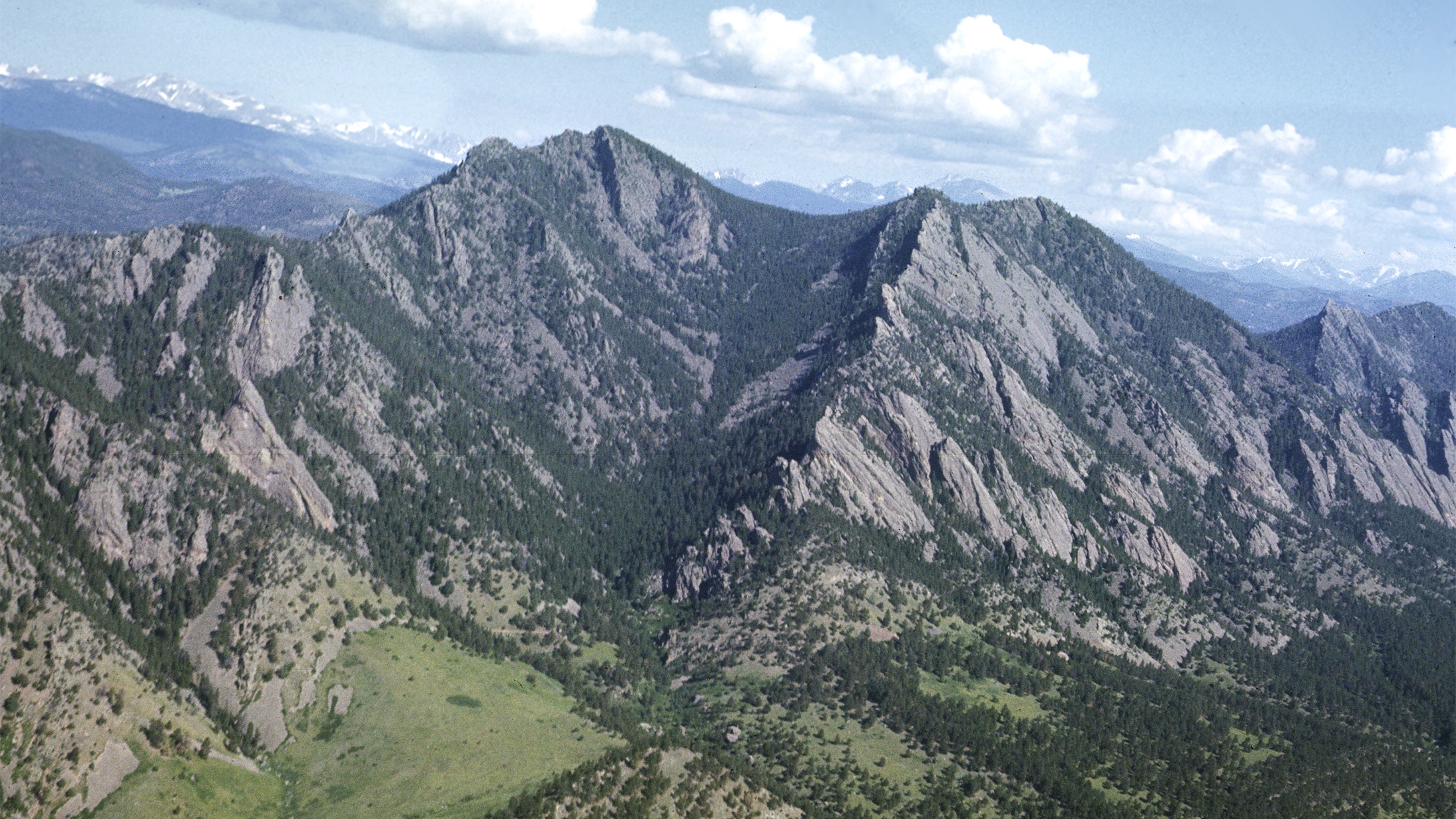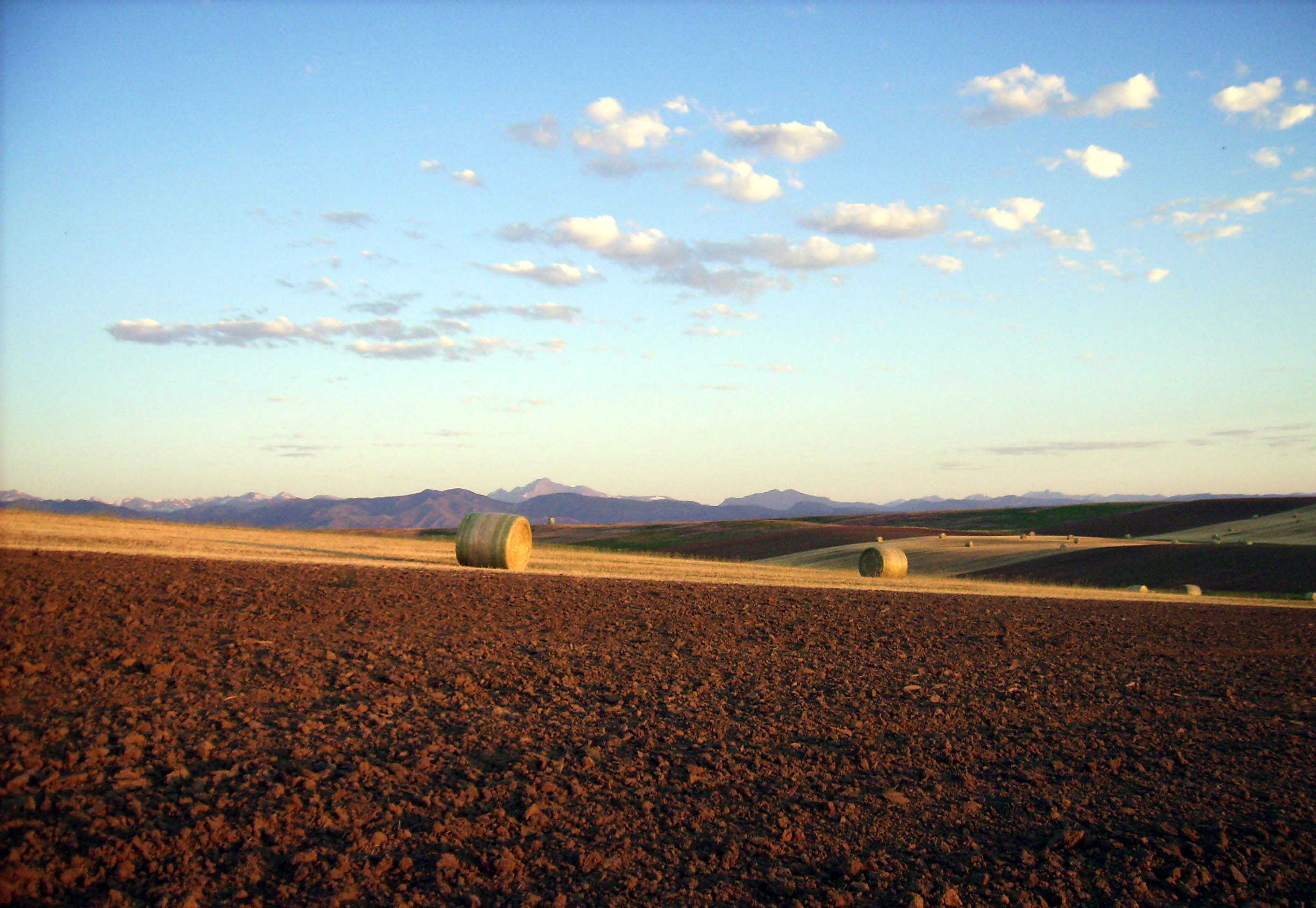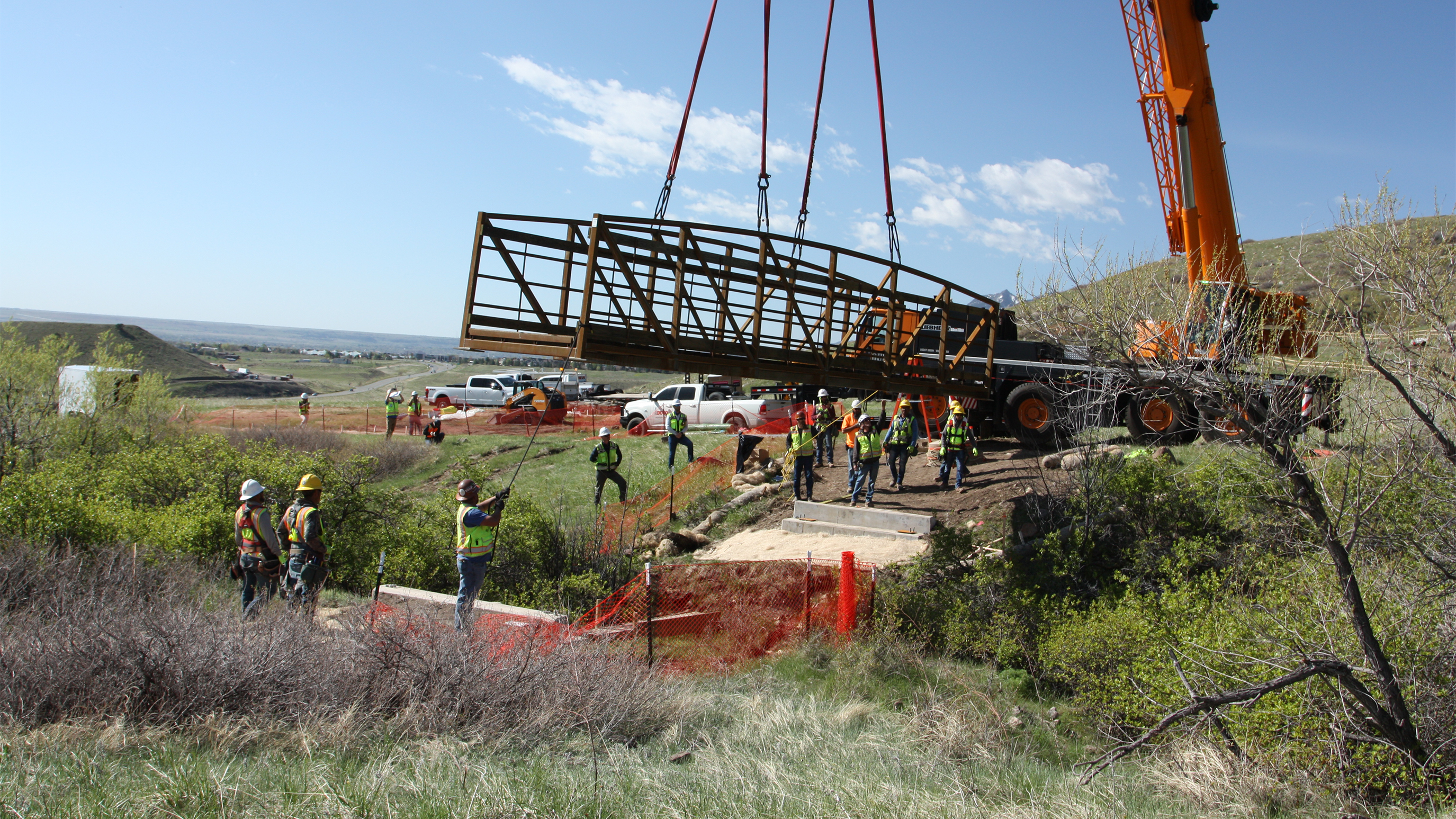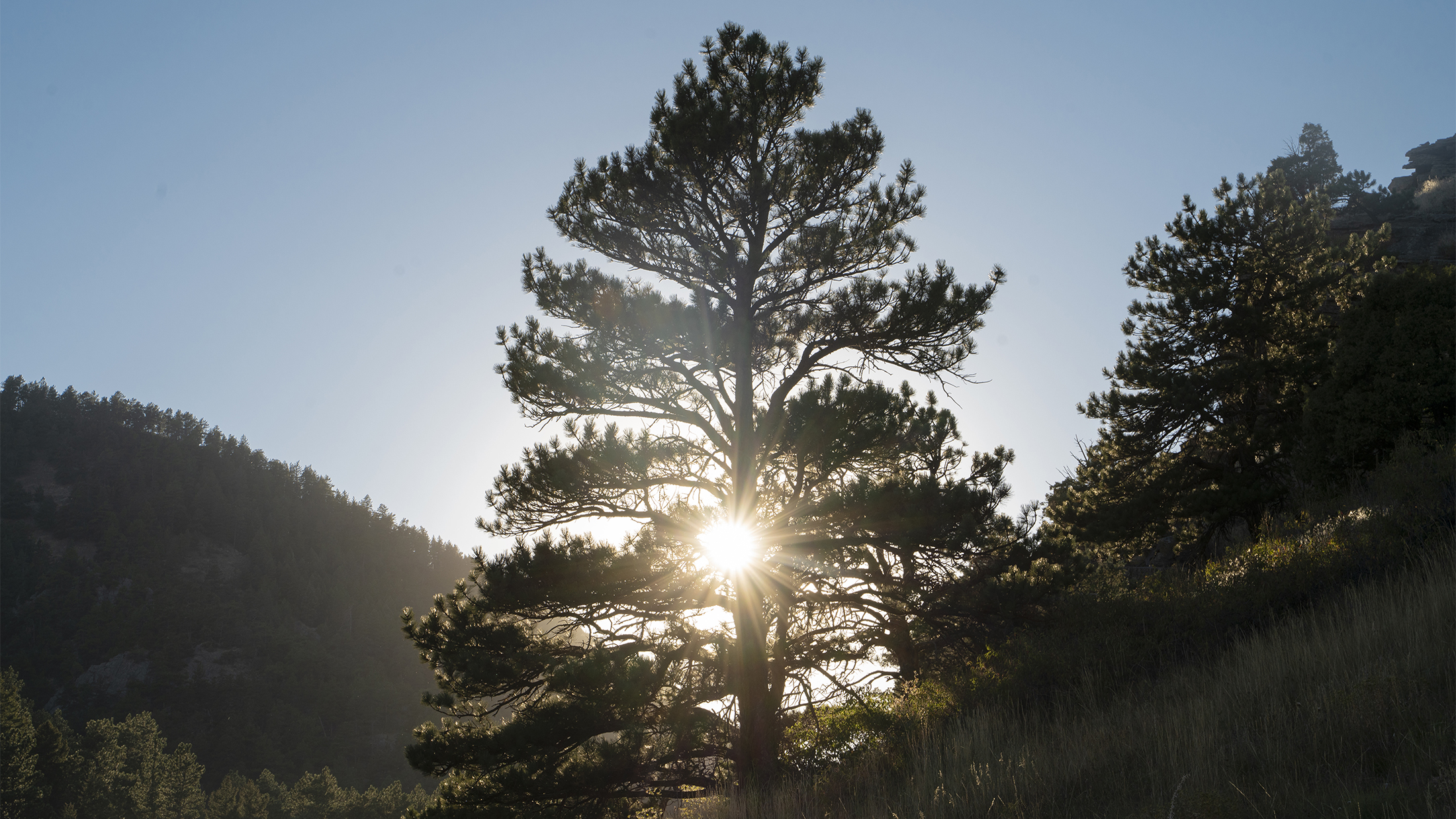The City of Boulder Open Space and Mountain Parks (OSMP) Department extends our gratitude to Tribal Representatives from American Indian Tribal Nations for the opportunity to listen and learn from them, helping OSMP staff to go beyond the city's staff land acknowledgment. We appreciate guidance Tribal Representatives have shared with us and look forward to future work to help our community strengthen, sustain and honor the relationships we’ve been fortunate to build with Tribal Nations.










